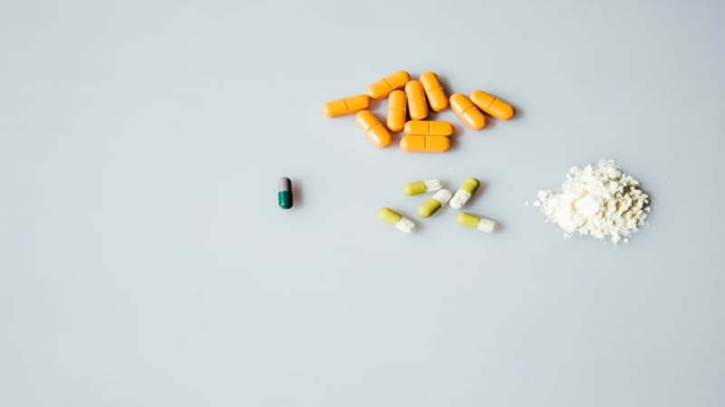High Adderall Doses Linked to Psychosis Risk

Adderall is widely used for treating attention deficit hyperactivity disorder (ADHD), but a significant rise in prescriptions in the US over the past two decades has raised concerns about rare but serious side effects.
A recent study, published on Thursday and led by psychiatrist Lauren Moran from Mass General Brigham in Boston, reveals that individuals taking high doses of this stimulant face more than a fivefold increased risk of developing psychosis or mania.
Key issues include the absence of upper dosing guidelines and the substantial increase in young adults using the medication since the Covid-19 pandemic, largely driven by the rise of telemedicine providers.
Moran's interest in this issue developed during her time treating college students in a hospital inpatient unit in the Greater Boston area.
"We noticed many patients arriving without significant psychiatric histories, but experiencing their first episodes of psychosis or mania while using prescription stimulants," she told AFP.
In response to such cases in the 2000s, the Food and Drug Administration added a warning to Adderall's label. However, there has been limited research quantifying the rates of these side effects or how they relate to dosage levels.
For their study, Moran and her team reviewed electronic health records of individuals aged 16 to 35 admitted to Mass General Brigham hospitals between 2005 and 2019, which is the typical age range for the onset of psychosis.
They identified 1,374 individuals who experienced their first episode of psychosis or mania and compared them with 2,748 control patients hospitalised for other psychiatric conditions.
By analysing Adderall use in the month prior and adjusting for other factors such as substance use, the researchers determined the impact of the stimulant.
They found that those who had taken Adderall were 2.68 times more likely to be hospitalised for psychosis or mania compared to those who had not used the drug, with the likelihood increasing to 5.28 times for doses of 40 milligrams or more.
A separate analysis revealed no increased risk with Ritalin, another stimulant used for ADHD, which Moran suggested might be due to the different mechanisms of action between the two drugs.
Both medications increase dopamine levels, a neurotransmitter involved in the brain's reward system, motivation, and learning. However, while Adderall, an amphetamine, boosts dopamine release, Ritalin works by blocking its reabsorption.
Moran emphasised the importance of clear upper dose limits on medication labels. The current label suggests a 20-milligram dose, but doctors' prescriptions vary widely in practice.
This variability arises partly from the need to manage severe ADHD symptoms with higher doses, but Moran has observed "carelessness in dose prescribing" and instances where patients "shop" for doctors willing to prescribe higher doses.
"People, including clinicians, might think they can eliminate all ADHD symptoms, but that's not a realistic expectation," she added.
Telemedicine companies have been criticised for allegedly overprescribing Adderall, which has led to shortages for those who genuinely need the medication.
The Drug Enforcement Administration, which had proposed revoking telehealth prescriptions for Adderall, has extended them until the end of 2024 in response to significant public feedback.
 (5).png)








